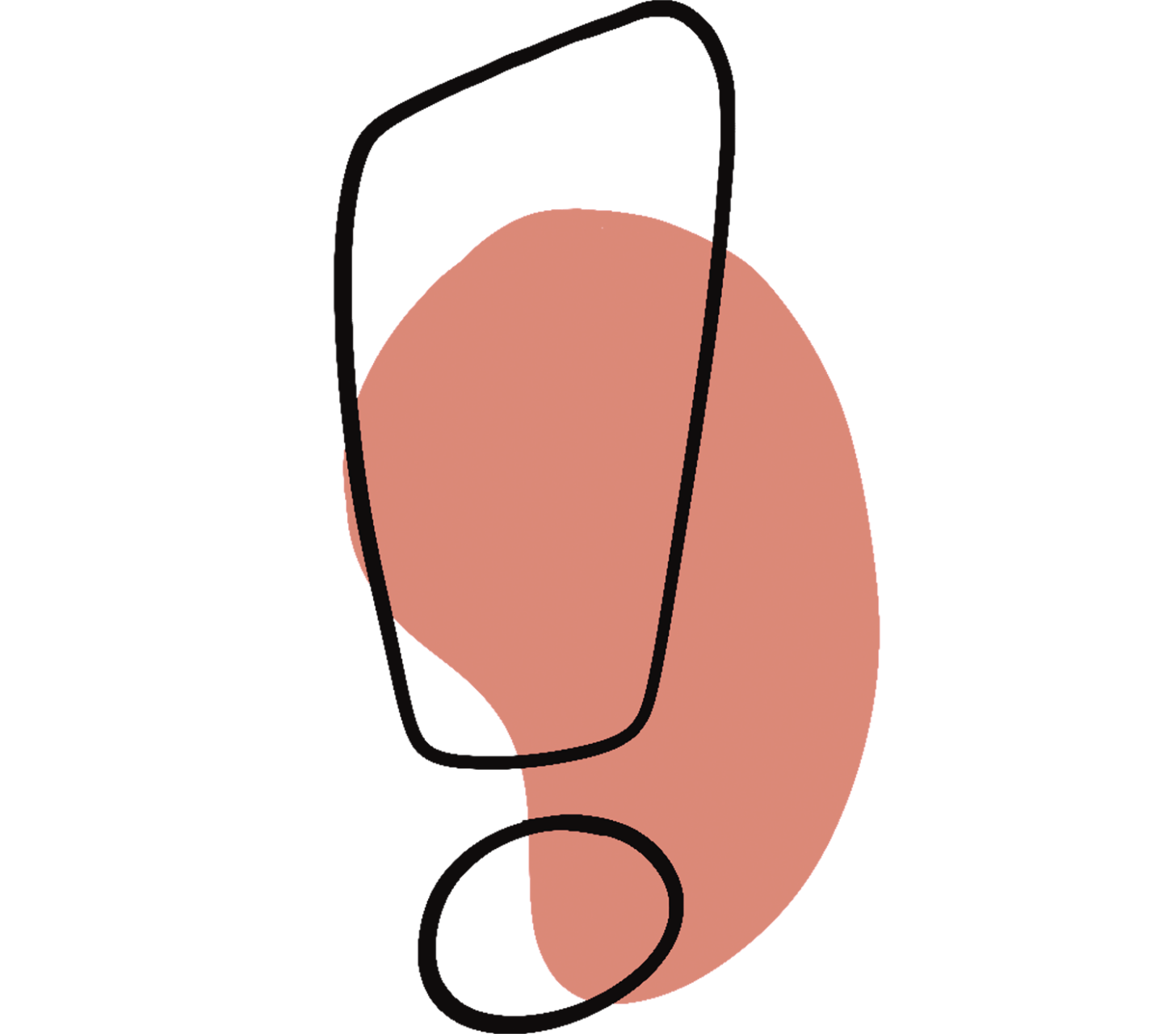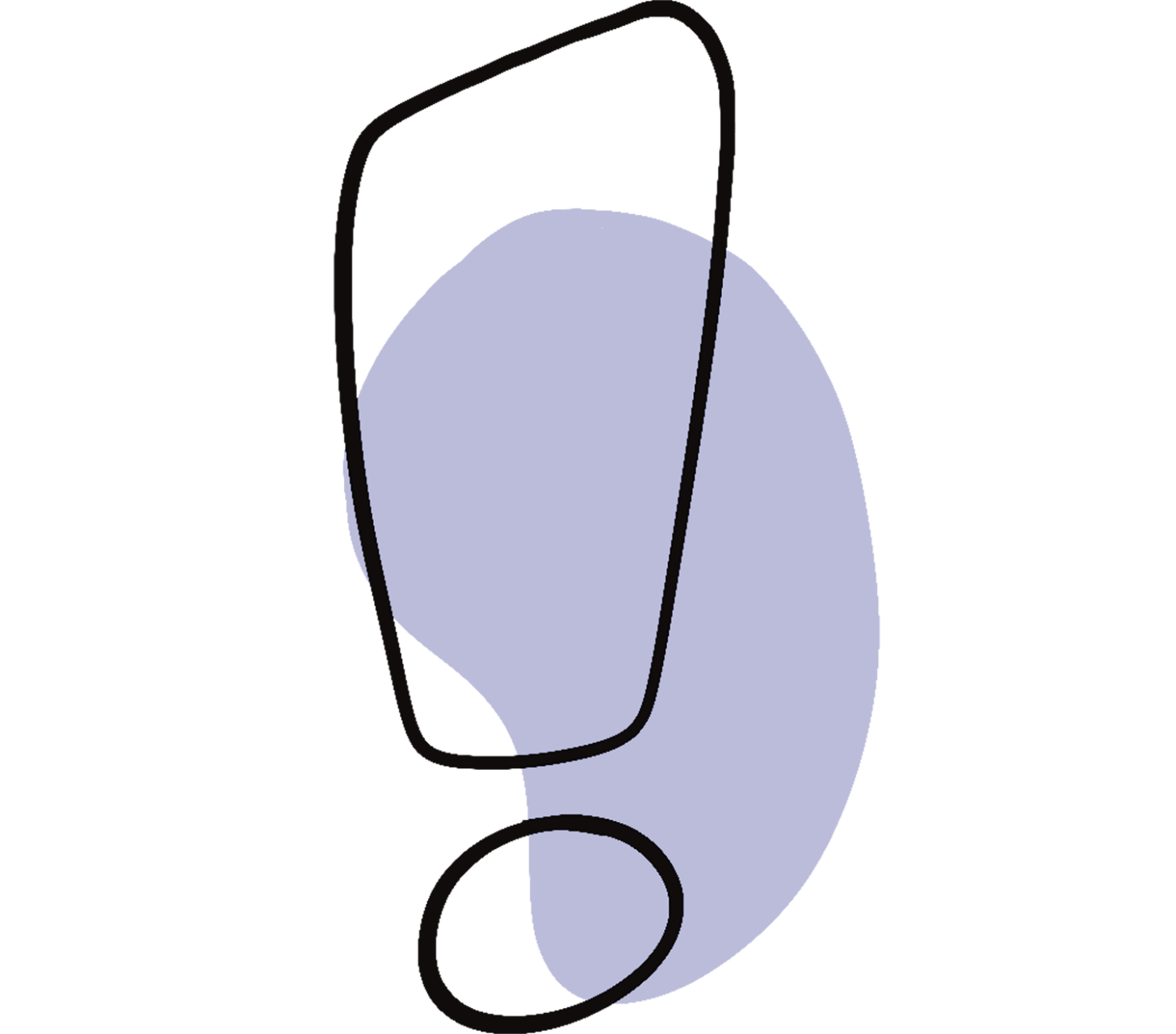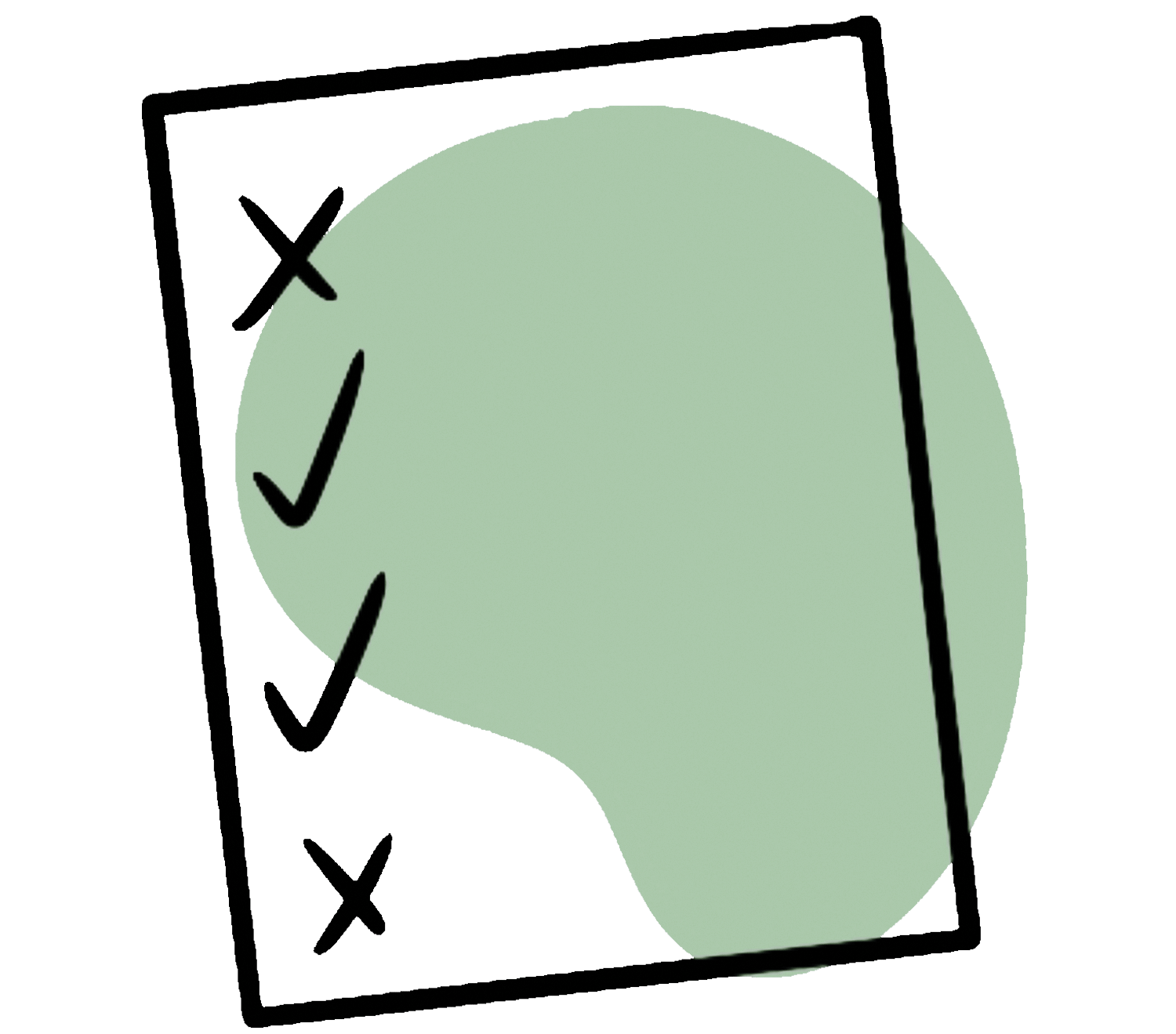
An introduction should answer three main questions:
- What topic does the paper address?
- Which questions will be answered regarding this topic?
- For empirical work: Which method is used to answer these questions?
First:
Outline the context of the topic. Referring to the literature, show the relevance of the topic:
- You can also refer to practical experience, current politics, or recent events.
- This is less about your personal reasons for choosing the topic and more about the extent to which it is related to a particular area of expertise – whether it pertains to practice, the profession, or the field of study.
Some papers, e.g. in reconstructive social research, also mention a personal connection to the topic – discuss with your supervisors whether this is appropriate for your work.
Then:
Present your own approach:
- State your specific research question(s) here.
- Explain how this paper answers the question(s).
- Present the aim of the paper.
- Mention the methodological approach, e.g. whether you conducted interviews or participant observations.
It is often helpful for readers if you then present the structure of the paper, stating the focus of each chapter.

The following questions should be answered in the introduction:
- In which scientific, professional, or societal context does the topic belong?
- Which aspects of the topic are you addressing, and why?
- What significance does working on this topic have for science or practice?
- If relevant for your work: What current event prompted the choice of this topic?
- Which method was chosen to answer the question?
- How is the paper structured? How and according to which criteria are the chapters organized?

Avoid these common mistakes in your introduction:
- The aim is not stated in the introduction.
- The introduction gives the impression that the topic is too broad because it is not made clear that only a specific aspect is addressed.
- The introduction consists of too many elements that do not fit together.
- The introduction contains elements that belong in the main body of the paper. The introduction should only present the content that will be developed in the main section.
- The professional context and the relevance of the research question are not evident.
- The introduction only explains the structure of the paper – but readers have already seen this in the table of contents.
- The introduction lacks motivation: Why was this work carried out with this specific aim?
- If you wrote your paper in cooperation with an organization: The organization is described in too much detail, and the description reads like an advertisement.
Full-time schools as an “all-inclusive package”?
Education holds a high value in today’s society. The results of the 2001 PISA study were therefore all the more shocking: The performance of German students in reading, mathematics, and science was rated as below average in an international comparison (Baumert et al., 2001). Moreover, it became evident that in none of the other 43 participating countries were school performance and the socio-economic status of the family of origin as closely linked as in Germany (ibid.). Calls for a more efficient school system and educational reforms were raised not only on the political level.
The expansion of full-time schools in Germany can be seen as a result of this debate. In 2003, the federal government decided on the “Future Education and Care” investment programme (IZBB), allocating four billion euros for the demand-oriented development and expansion of full-time schools in Germany (Federal Ministry of Education and Research [BMBF], 2013). A look at the goals pursued by the federal government and experts gives the impression that the concept of full-time schooling represents a kind of “all-inclusive package” intended to solve all problems at once. However, given the difficult financial situations of municipalities, the shortage of teachers, the lack of space, and the shortage of educational staff in many German schools, the question arises whether full-time schools can truly deliver what they promise. This paper critically examines this question. It becomes clear that despite the sometimes considerable efforts of those involved, the expectations placed on full-time schools cannot always be met in educational practice. This is due in particular to the varying political – and thus financial – conditions in the federal states.

What should I write in an introduction?
An introduction typically contains: a lead-in to the topic, a statement of the research question and aim, a description of the approach (method), and an overview of the structure of the paper.
What comes before the introduction?
The structure of an academic paper usually consists of: cover page, table of contents, introduction, main body, conclusion, and reference list. The table of contents therefore usually comes before the introduction.
How long should an introduction be?
The introduction should not exceed 10–15 percent of the total text.
This article was published in August 2025 and last updated in April 2025.






